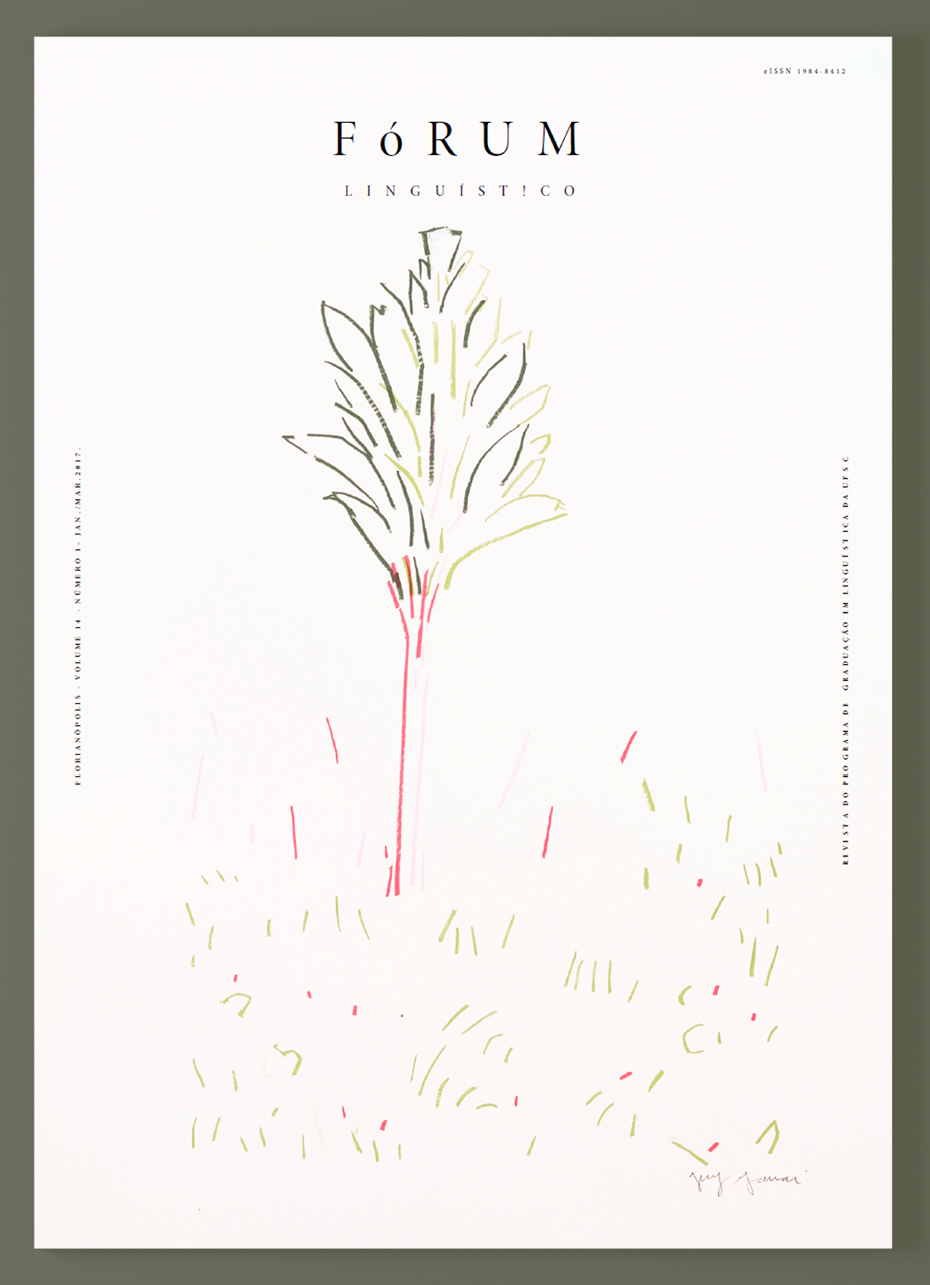(Place) formulations: crimes, settings, puzzles and their (pratical and theoretical) outcomes and consequences
DOI:
https://doi.org/10.5007/1984-8412.2017v14n1p1682Abstract
http://dx.doi.org/10.5007/1984-8412.2017v14n1p1682
Supported by the theoretical and methodological approach of Conversation Analysis (SACKS, 1992), this paper investigates transcribed audiorecorded interactions between a judge and her interlocutors during cross-examination. In particular, it analyses sequences in which, via place descriptions (or place formulations) (SCHEGLOFF, 1972), the participants negotiate intersubjectivity concerning geographical spaces (all related to where the alleged crimes took place) and about which the judge produces formulations (of understanding) (HERITAGE; WATSON, 1979). Formulations of understanding about the place descriptions show to be crucial in this context for the judge to make decisions about how to proceed in relation to the legal process in course. The analysis reveals that by means of the practice of formulation, the judge implements different actions: (a) to raise doubts about the interlocutor’s qualification as witness on behalf of the defendant; (b) to mediate understanding between other participants in the interaction; (c) to verify the veracity of the facts presented by the interlocutor.
Downloads
Published
Issue
Section
License
Copyright (c) 2017 Fórum Linguístico

This work is licensed under a Creative Commons Attribution-NonCommercial-NoDerivatives 4.0 International License.
Rights including those in copyright in the content of the published works are owned by Revista Forum Linguistico. Complete or parcial reprint should be authorized by the Editorial Board of the Journal. In case of authorization, the source of the original publication must be stated.


